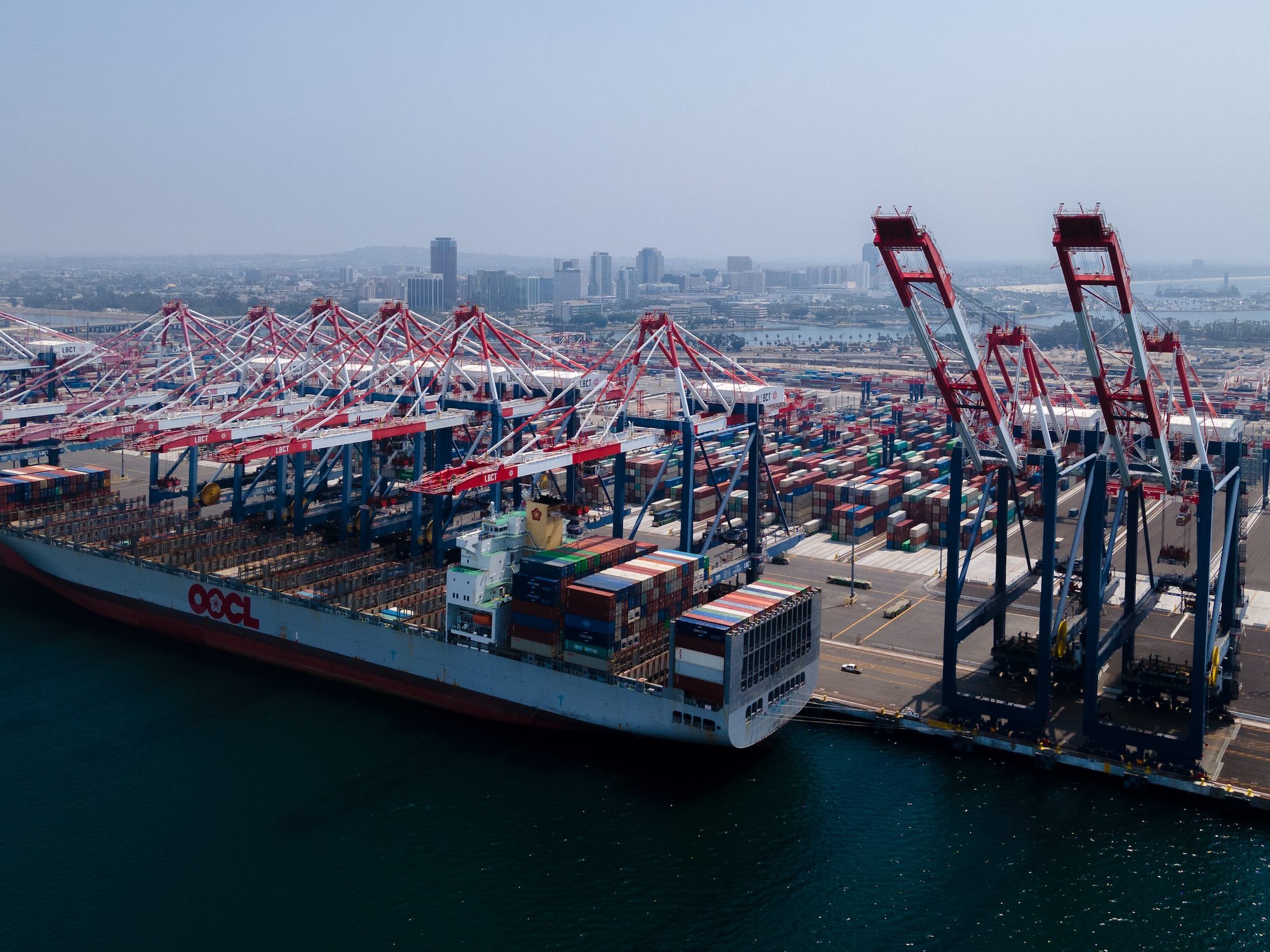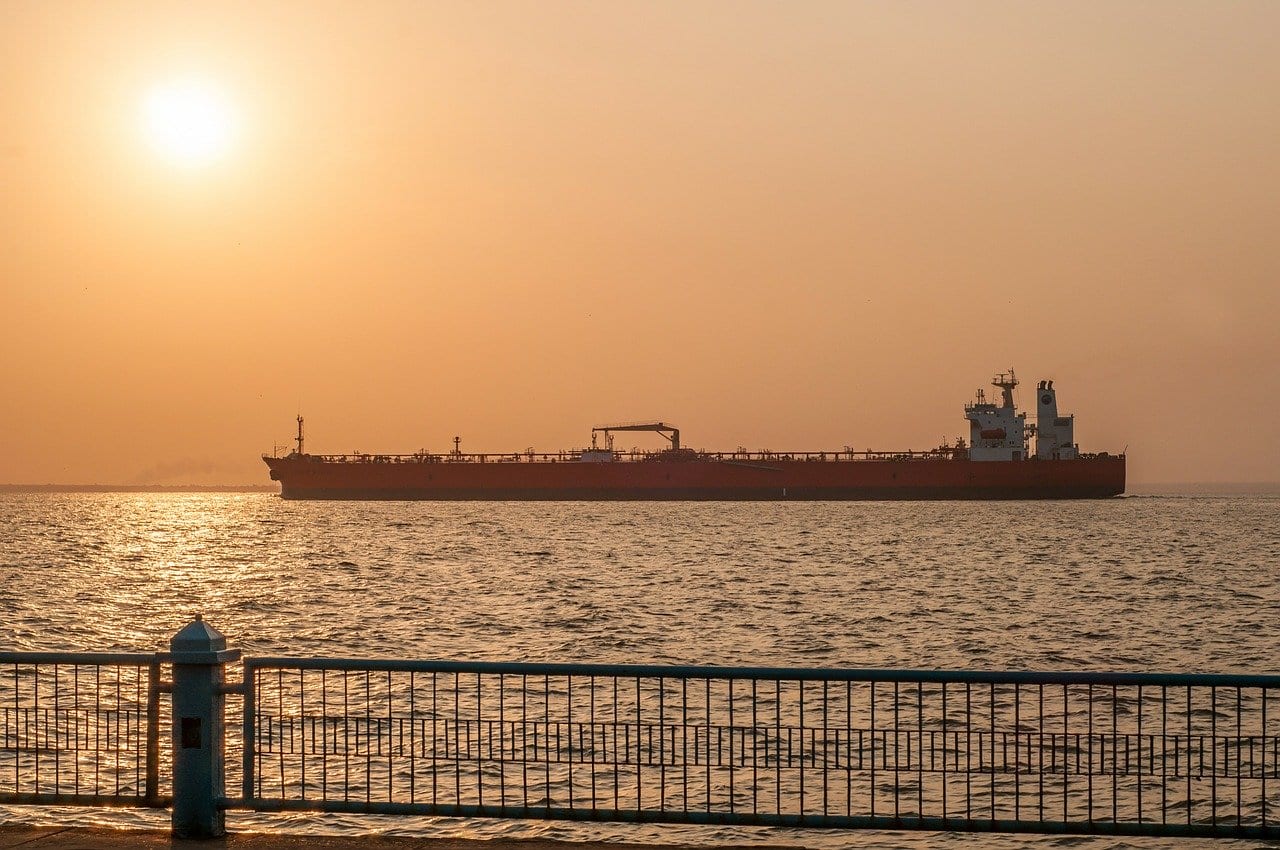Singapore, the world’s largest bunkering hub, has successfully conducted its first simultaneous methanol bunkering and cargo operation (SIMOPS).
The operation, which took place at the new Tuas Port on Monday, was a collaborative effort between X-Press Feeders, Global Energy Trading Pte Ltd (GET), and PSA Singapore (PSA). During the SIMOPS, the mass flow metering (MFM) system for methanol, along with the use of digital bunkering, was also trialled.
The success of the SIMOPS follows previous methanol bunkering milestones in Singapore, including the inaugural ship-to-containership methanol bunkering for the Laura Maersk in July 2023, and the successful ship-to-ship methanol bunkering of close to 1,340 metric tonnes of blended methanol for the Stena Prosperous on May 24, 2024.
As part of the operation, an X-Press Feeder container vessel was refuelled with close to 300 metric tonnes of bio-methanol by GET, while the vessel was completing container moves. The methanol fuel was supplied using MT KARA, a dedicated IMO type II chemical bunker tanker.
The ISCC-certified bio-methanol used for the SIMOPS was produced by OCI Global, a green methanol producer, and was supplied via GET. The fuel was lifted at Vopak Penjuru Terminal, Singapore, an ISCC-certified storage facility for biofuels and methanol.
Several safety measures were in place during the operation, including a Hazard Identification (HAZID) and Hazard and Operability Study (HAZOP) workshop organised by MPA. In addition, the Emergency Operations Centre at MPA’s Port Operations Control Centre monitored the operations, with further support from a drone equipped to detect methanol leaks into the atmosphere and methanol flames in the event of an incident.
Opened in 2022, Singapore’s Tuas Port is projected to be the world’s largest container port by early 2040s. Operated by PSA Corporation, it will have an annual capacity of 65 million TEUs—approximately triple the current capacity of the Los Angeles and Long Beach.
Tuas Port is now ready for commercial scale operations for shore-to-ship, ship-to-ship, and SIMOPS for methanol. The same methodology is being followed for other new maritime fuels such as ammonia and hydrogen.
The successful execution of the SIMOPS marks a historic milestone for both Singapore and the global maritime industry, putting Singapore at the forefront of the transition to renewable fuels in the maritime industry.
“The successful execution of the SIMOPS is the outcome of many months of preparation for tripartite stakeholders to plan, prepare, and train to ensure the safety of the crew, port and vessel, while maintaining a high level of efficiency. The learnings gained from these operations will help to further refine the various SOPs and safety measures,” said Teo Eng Dih, Chief Executive of the MPA.

 Join The Club
Join The Club










